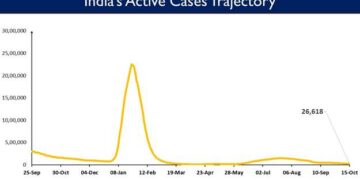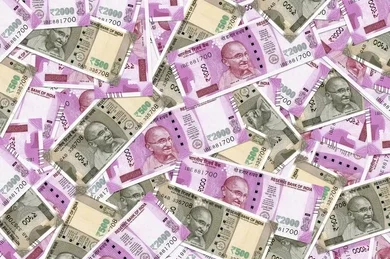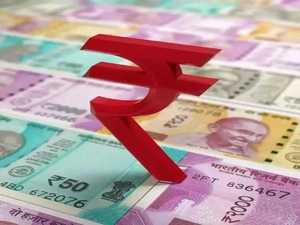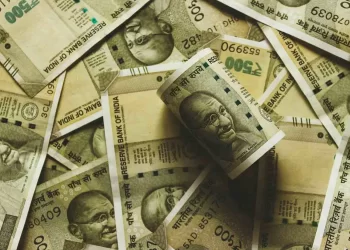Due to widespread foreign cash withdrawals brought on by the escalating tariff war, the rupee continued its downward trajectory and fell 7 paise to 85.83 against the US dollar in early trading on Tuesday.
Even while the domestic currency found some protection thanks to a weaker US dollar and a robust recovery in the domestic equity markets, a rise in crude oil prices drove it further downward, according to FX traders.
The US administration’s recent threat to impose a punitive 50% tariff against China’s retaliatory 34% import levies on American goods has caused extreme volatility in global markets, they said, adding that domestic investors are eagerly awaiting the Reserve Bank of India’s interest rate decision.
Monday marked the start of the three-day discussion on key interest rates by the RBI’s monetary policy committee, which is led by Governor Sanjay Malhotra. On Wednesday, the decision is expected to be made public.
The rupee began trading at 85.89 versus the US dollar at the interbank foreign exchange, and after early transactions, it rose marginally to trade at 85.83, 7 paise below its previous closing level.
After dropping 14 paise in the previous session on Friday, the rupee ended Monday’s trading session 32 paise down versus the US dollar at 85.76. The dollar index, which measures the strength of the US dollar relative to a basket of six other currencies, was down 0.23 percent at 102.73.
The global oil benchmark, Brent crude, recovered somewhat, rising 1.34 percent to USD 65.07 a barrel in futures trading.
With the 30-share BSE Sensex rising 1171.51 points, or 1.60 percent, to 74,309.41 and the Nifty jumping 374.30 points, or 1.69 percent, to 22,535.90 points, the domestic equities markets recovered from historic low levels.
On Monday, both benchmark indices plummeted more than 5% before finishing about 3% down.
Exchange data shows that on Monday, foreign institutional investors (FIIs) sold off stocks valued at Rs 9,040.01 crore on a net basis.
Source: IE







 Finance
Finance





